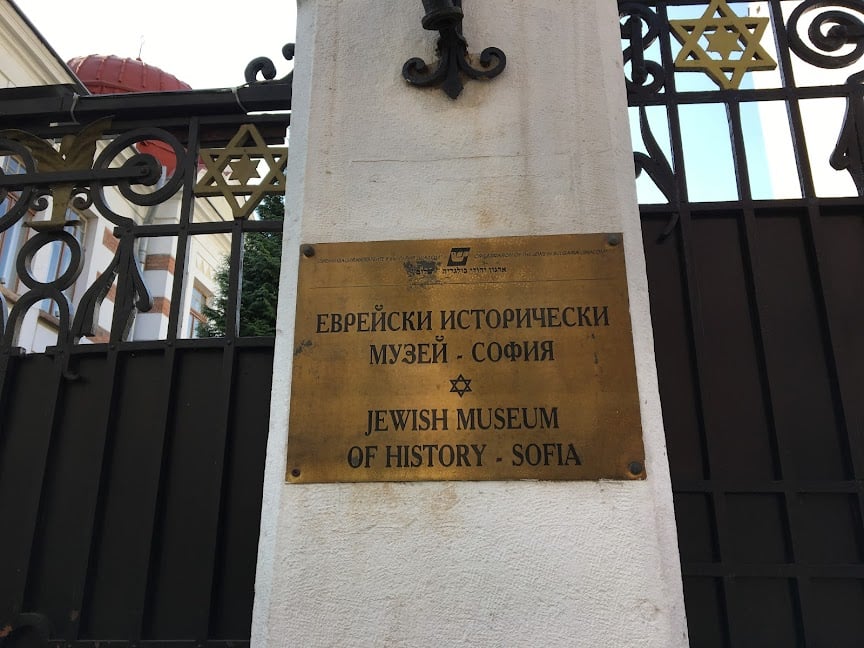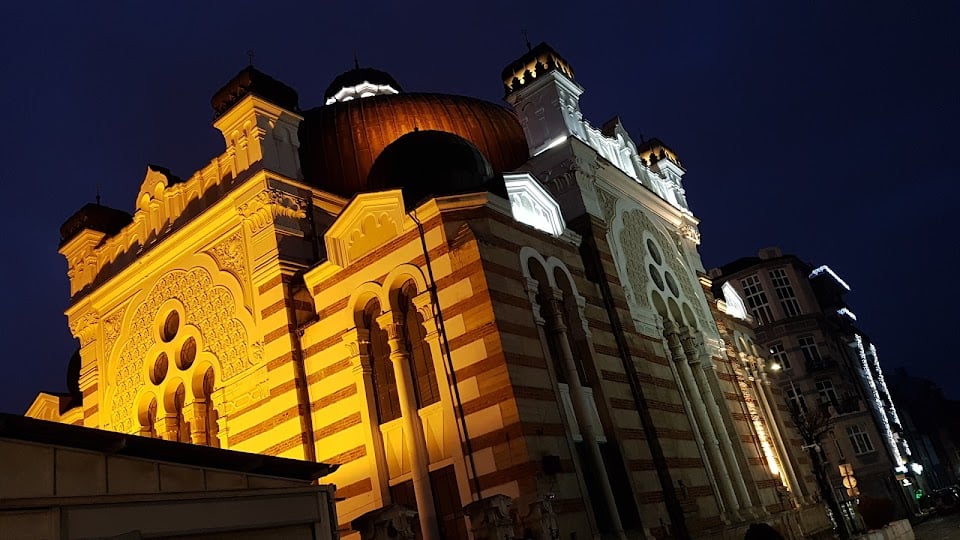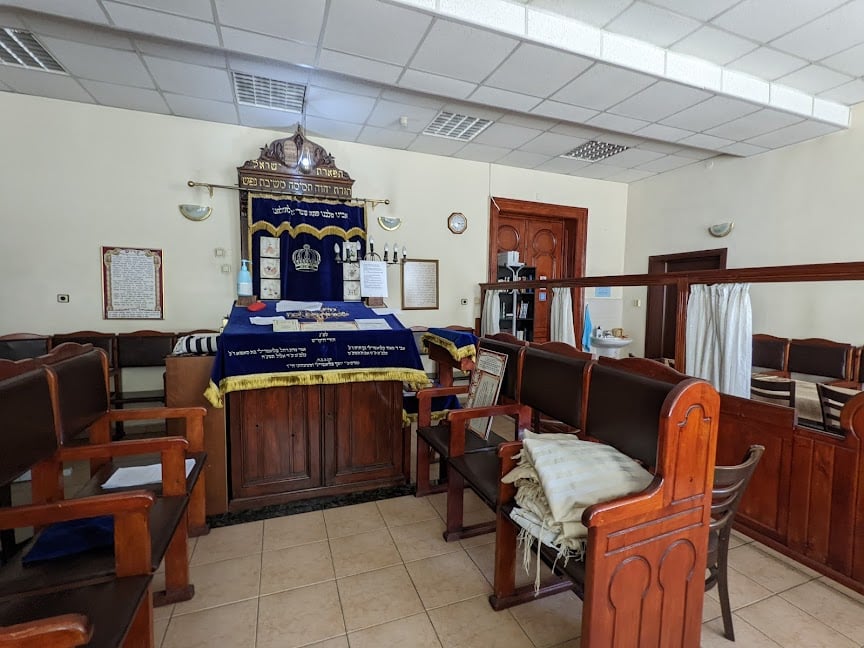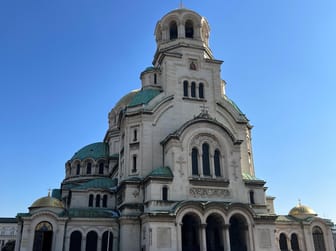Sofia Synagogue





Ask ThatchGPT
Suggest a local expert to plan my trip
Suggest an unique itinerary for my Sofia trip
What foods do Sofia locals eat
What are some true hidden gems in Sofia
Help me brainstorm trip ideas for Sofia
Help me plan a family-friendly trip to Sofia
What people say
Pedro Pereira
Available for hire
"The Central Sofia Synagogue stands as a symbol of pride for Bulgaria's Jewish community and is one of the largest Sephardic synagogues in Europe and the biggest on the Balkan Peninsula. Its construction began in the early 20th century, led by the efforts of Rabbi Dr. Ehrenpreis and community president Ezra Sol, who gathered donations to bring the Viennese architect Friedrich Grünanger on board for the project. The names of the top 10 contributors are displayed on a wall inside the synagogue. Tombstones from an old Jewish cemetery were used to build its foundation. Completed in just four years, the synagogue’s construction cost was estimated at 437,000 golden leva.
The synagogue was built on the site of a previous one, "Ahava ve Chesed" (Love and Goodness), and is designed in a blend of Spanish-Moorish style with Viennese secession influences. Following Sephardic tradition, a large courtyard precedes the entrance. The main sanctuary is octagonal in shape, with an elaborate marble altar ("aron hakodesh") and a massive brass chandelier weighing 1,700 kg, adorned with approximately 400 six-pointed stars. The octagonal design extends to the dome, which harmonizes with four smaller domes at the corners and eight small towers. Inside, the walls are decorated with intricate Venetian mosaics, Carrera marble columns, and fine carvings, all created without depicting human figures, in accordance with Jewish tradition.
The synagogue’s floor features metal grates connected to an early heating system, which used a furnace to provide warmth during the winter. Externally, the synagogue blends Moorish and Venetian styles, with two towers functioning as chimneys for the heating system. The building spans 659 square meters with a total built area of 1,000 square meters, and the interior dome rises 23 meters. The synagogue boasts exceptional acoustics, making it suitable for religious ceremonies and other gatherings.
Historically significant, the synagogue was opened on September 9, 1909, in a grand ceremony attended by Bulgarian King Ferdinand, his wife Eleonore, Prime Minister Malinov, and other dignitaries. The opening marked a proud moment for the Jewish community, symbolizing the rise in their societal status in Bulgaria. During World War II, the synagogue sustained some damage when a bomb fell on the northeastern corner but miraculously did not explode.
In 1982, there was an attempt to convert the synagogue into a concert hall, but the community resisted and the synagogue remained a religious institution. It was declared a cultural monument of national importance in 1956. The number eight is embedded throughout the synagogue, particularly in the chandelier and mosaic floor, reflecting its significance in Jewish tradition. The central chandelier, designed by Grünanger, features a circular arrangement of lamps, with the number of lamps and decorative elements linked to the number eight, symbolizing key Jewish traditions like circumcision and the miracle of Hanukkah. The floor mosaic mirrors this symbolism, with an octagonal star design at its center."
Emma Myrick
"3rd largest synagogue in Europe. Visiting the synagogue requires some planning ahead, and know that you can’t do it on Saturdays because of Shabbat. "
Tom Isbister
Available for hire
"Early-1900s Sephardic synagogue with an octagonal dome, large chandelier & museum on Jewish history."
Mentioned in these guides
About Sofia Synagogue
Get the inside scoop on Sofia Synagogue from local experts, travel creators, and tastemakers. Browse genuine trip notes, Sofia Synagogue reviews, photos, travel guides, and itineraries from real travelers and plan your trip with confidence.
Phone
Save this spot for later or start mapping out a new trip today
Try our AI Travel Assistant and get instant answers to any questions about your trip.
Ask ThatchGPT


